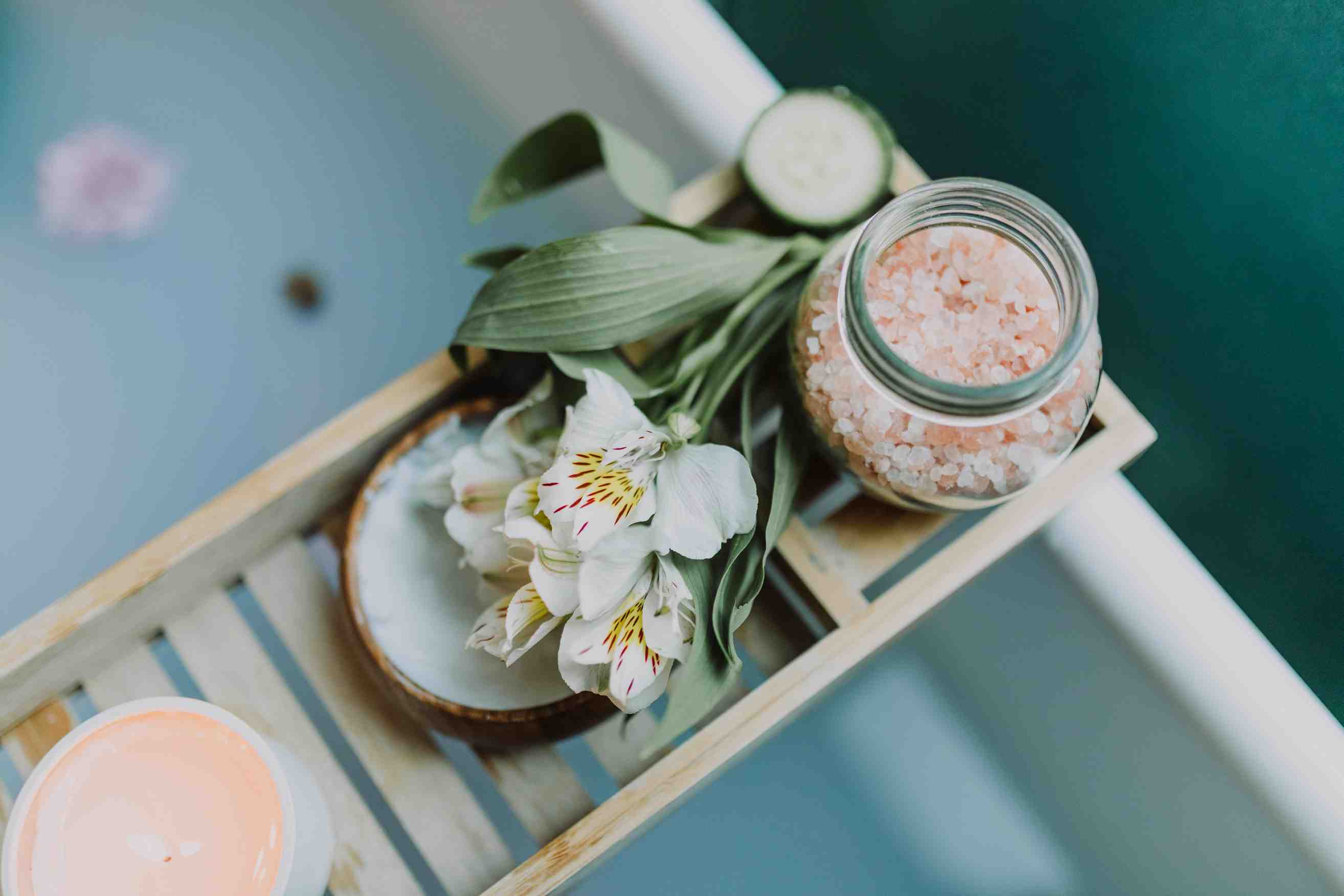Create a Spa-Like Bathroom Sanctuary: Practical Ideas for Everyday Relaxation and Wellness
Elevate your bathroom into a serene retreat with spa-inspired designs that blend natural elements, calming palettes, and luxurious features. Discover essential components, step-by-step implementation tips, and smart planning advice to craft a space that promotes daily wellness, reduces stress, and boosts your home's appeal.
By Aidan Summers
4 min read
